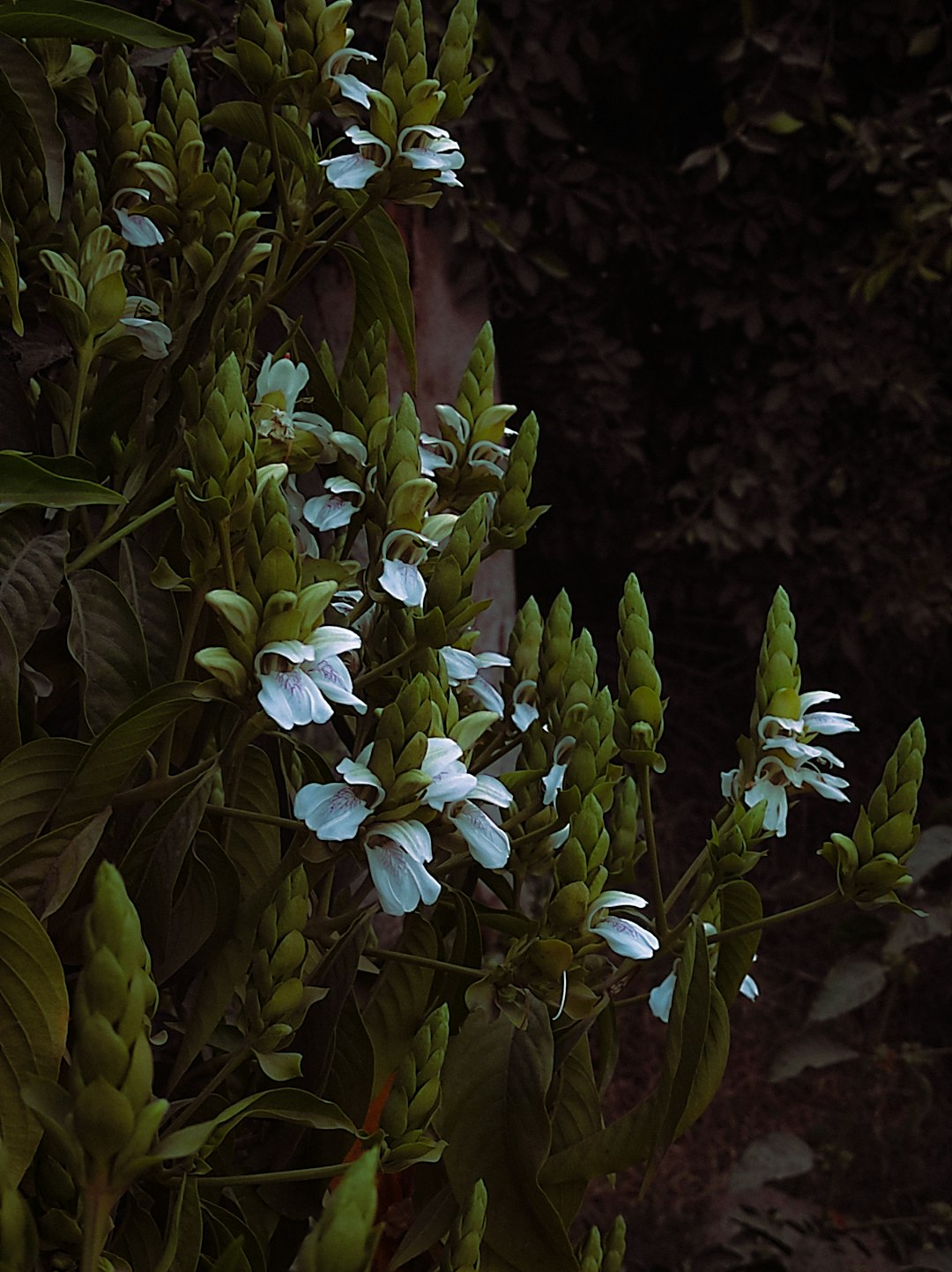Unleash the Magic of Butterflies in Your Summer Garden

Imagine a garden that comes alive with a flurry of colorful wings, a symphony of nature's most delicate creatures dancing among the flowers. This dream can become a reality by growing specific butterfly plants in your garden. These plants not only add beauty and charm to your outdoor space but also attract a variety of butterflies, turning your garden into a haven for these winged wonders all summer long.
One of the key aspects of creating a butterfly - friendly garden is choosing the right plants. Different butterflies have different preferences when it comes to nectar sources and host plants. Let's start by exploring some of the best nectar - rich plants for attracting butterflies.
**Milkweed (Asclepias)**
Milkweed is perhaps one of the most well - known butterfly plants, especially for its role as the primary host plant for monarch butterflies. Monarchs lay their eggs on milkweed, and the caterpillars feed on its leaves. But milkweed is also a great nectar source for many other butterfly species. There are several varieties of milkweed, such as common milkweed (Asclepias syriaca), swamp milkweed (Asclepias incarnata), and butterfly weed (Asclepias tuberosa). Butterfly weed, in particular, is a popular choice for gardens due to its bright orange flowers that are highly attractive to butterflies. It thrives in full sun and well - drained soil.
**Lavender (Lavandula)**
Lavender is not only beloved for its fragrant aroma and beautiful purple spikes but also for its ability to draw in butterflies. The long - lasting blooms of lavender provide a consistent source of nectar throughout the summer. It prefers full sun and well - drained soil, making it suitable for a variety of garden settings. Whether you plant it in a border, a container, or a rock garden, lavender will surely attract butterflies like painted ladies and swallowtails.
**Coneflowers (Echinacea)**
Coneflowers are another excellent choice for a butterfly garden. With their large, daisy - like flowers and prominent central cones, they are a favorite among many butterfly species. The nectar in coneflowers is easily accessible, and the flat petals provide a landing pad for butterflies. There are different colors of coneflowers available, including purple, pink, white, and yellow. They are hardy perennials that can tolerate a range of soil conditions and require full sun to thrive.
**Zinnias (Zinnia elegans)**
Zinnias are annual flowers that come in a wide array of colors, from bright reds and oranges to soft pinks and purples. They are easy to grow from seeds and bloom profusely throughout the summer. Butterflies are highly attracted to the large, showy flowers of zinnias. You can plant different varieties of zinnias to create a colorful and diverse display in your garden. They prefer full sun and well - drained soil.
**Butterfly Bush (Buddleja)**
As the name suggests, the butterfly bush is a magnet for butterflies. Its long, cone - shaped clusters of flowers produce an abundance of nectar. Butterfly bushes come in various colors, such as purple, pink, white, and orange. They can grow quite large, so make sure to give them enough space in your garden. Pruning the butterfly bush regularly will encourage more blooms and keep it in shape. It thrives in full sun and well - drained soil.
In addition to providing nectar sources, it's also important to have host plants in your garden. Host plants are where butterflies lay their eggs, and the caterpillars feed on them. For example, parsley, dill, and fennel are host plants for swallowtail butterflies. Planting these herbs in your garden will not only attract adult swallowtails but also provide a place for them to reproduce.
When designing your butterfly garden, consider the layout and arrangement of the plants. Grouping plants together based on their height and bloom time can create a more visually appealing and functional garden. Place taller plants at the back and shorter ones at the front. Also, make sure to provide some shelter, such as a small shrub or a rock pile, where butterflies can rest and take shelter from the wind and rain.
Water is another essential element in a butterfly garden. You can create a shallow water source, such as a birdbath or a small dish filled with water and pebbles. Butterflies will land on the pebbles to drink water. Keeping the water source clean and fresh is important to ensure the health of the butterflies.
Finally, avoid using pesticides in your butterfly garden. Pesticides can be harmful to butterflies, both in their adult and caterpillar stages. Instead, use natural pest control methods, such as companion planting or hand - picking pests. By creating a chemical - free environment, you'll be providing a safe and healthy habitat for these beautiful creatures.
In conclusion, growing these butterfly plants in your garden is a rewarding experience. It allows you to connect with nature, enjoy the beauty of butterflies, and contribute to the conservation of these important pollinators. So, roll up your sleeves, get your gardening tools, and start creating your very own butterfly paradise this summer.